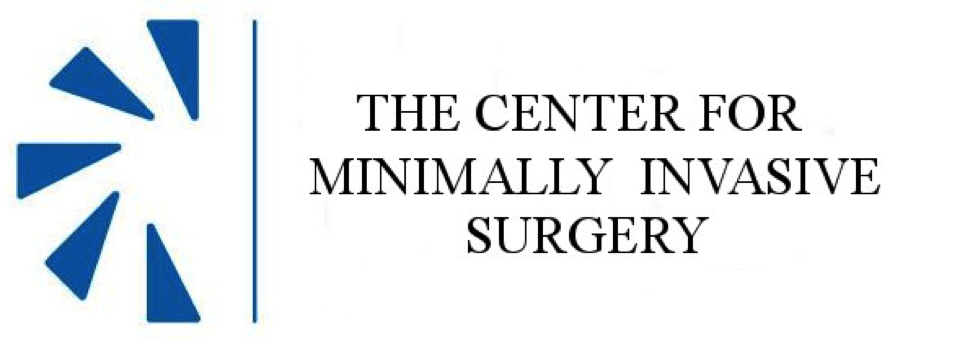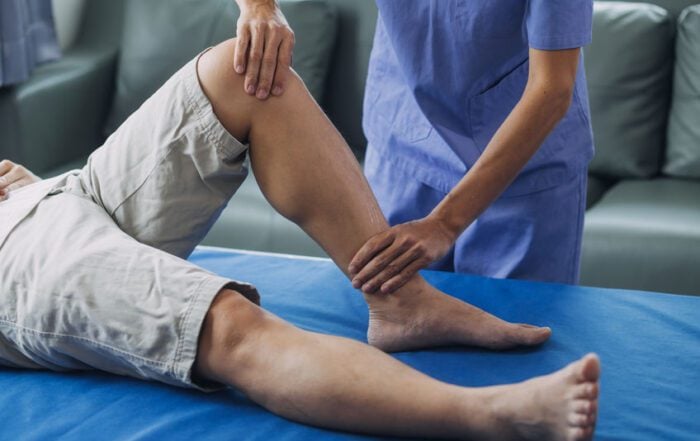Toe Pain
Hammer toe is when one of the toes is bent upward at the mid joint. This occurs due to weak muscles and ligaments of the leg or foot and tendons to the toe act abnormal. This deformity causes pain and makes the toe unable to move. To correct hammertoe, conservative treatments can help but sometimes doctors recommend surgery such as arthrodesis or arthroplasty.

Finding solutions
Initially, many healthcare providers advise on non-surgical treatment options. Patients are given advice to wear custom shoes or orthotic devices. To reduce the pain, doctors recommend anti-inflammatory medications or steroid injections. Insulating the toe with some padding can help or even tapping the toes. For some situations, surgery the best treatment of a hammer toe.
When is surgery needed?
A podiatrist will recommend surgery to people with severe symptoms that impact daily activities. Surgery is also done if conservative treatments are not helping. There are 2 types of surgery that a doctor chooses to perform on a hammer toe which are arthrodesis and arthroplasty.
Arthroplasty vs arthrodesis
Arthrodesis is the process of fusing the joints, whereas arthroplasty realigns the joint or replaces the joint with a prosthesis. Both procedures provide significant improvement in symptoms however, arthroplasty does not change the gait. Arthroplasty has a lower surgical revision rate compared to arthrodesis. Hence, arthroplasty is the preferred surgical option for a hammer toe. Nevertheless, the doctor will decide which surgical technique is suitable for the candidate.
Healing after surgery
Hammer toe operation is an outpatient procedure and does not require the patient to stay overnight. Recovery takes a few weeks, about 4-6 weeks, depending on the type of surgery and the patient. Swelling, stiffness, and redness are common and will resolve gradually. The patient may receive a special shoe or assisted device like a cane to maintain balance and mobility. Ask the healthcare specialist about resuming daily activities.
Prevention is best
The risk of getting hammer toe can be reduced by wearing appropriate shoes. Wear proper shoes with good padding and arch support. Try to avoid shoes that are tight-fitting or high heels. Foot exercises help to keep the muscles robust.
Choosing surgery
Hammer toe is initially managed with non-surgical treatment modalities. Surgeries such as arthrodesis or arthroplasty are saved for last. Although arthroplasty is more effective and preferred, the podiatrist will decide which surgery is best. Ask the doctor about both types of surgeries and the outlook after each surgery to manage expectations.
Recent Posts
What To Do About Hip Pain: Is It Time To See An Orthopedic Surgeon About Labral Repair?
Hip pain should not be overlooked, as the issue could be a labral tear. Symptoms like pain and instability require an orthopedic surgeon’s assessment.
ACL Repair: Will You Have Range Of Motion With Your Knee After Recovery & Physical Therapy?
After an ACL injury, ROM can be negatively affected. ACL repair surgery helps restore function, but physical therapy is essential to ROM.
Arthroscopy: What Are The Benefits Of This Minimally Invasive Outpatient Orthopedic Procedure?
Arthroscopy can help diagnose or treat joint conditions. Benefits of the MIS include faster recovery, less pain, and fewer scars.
Posterior Interbody Lumbar Fusion: What Are The Benefits Of PLIF For People With Back Pain?
People with chronic back pain may benefit from posterior interbody lumbar fusion surgery. PLIF can reduce pain and improve stability.








